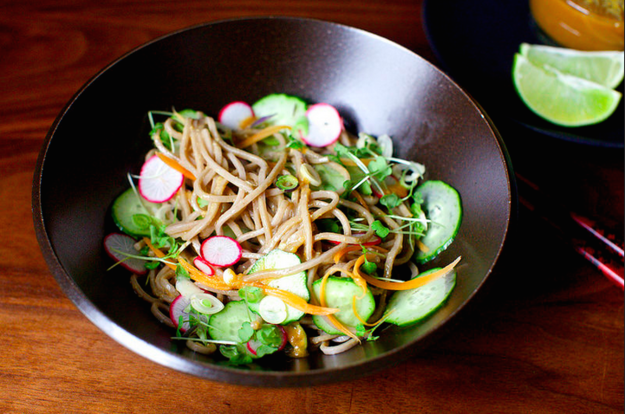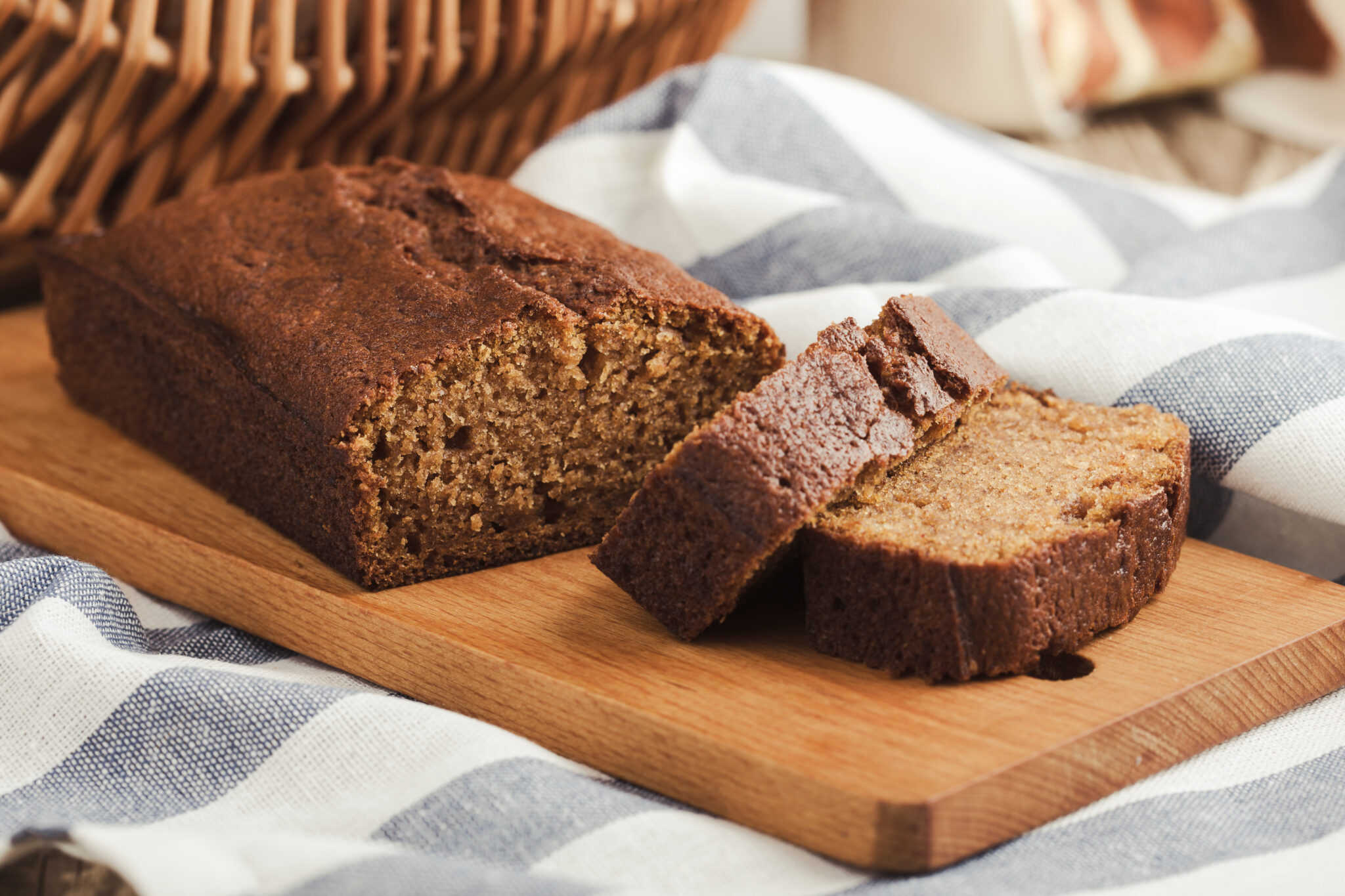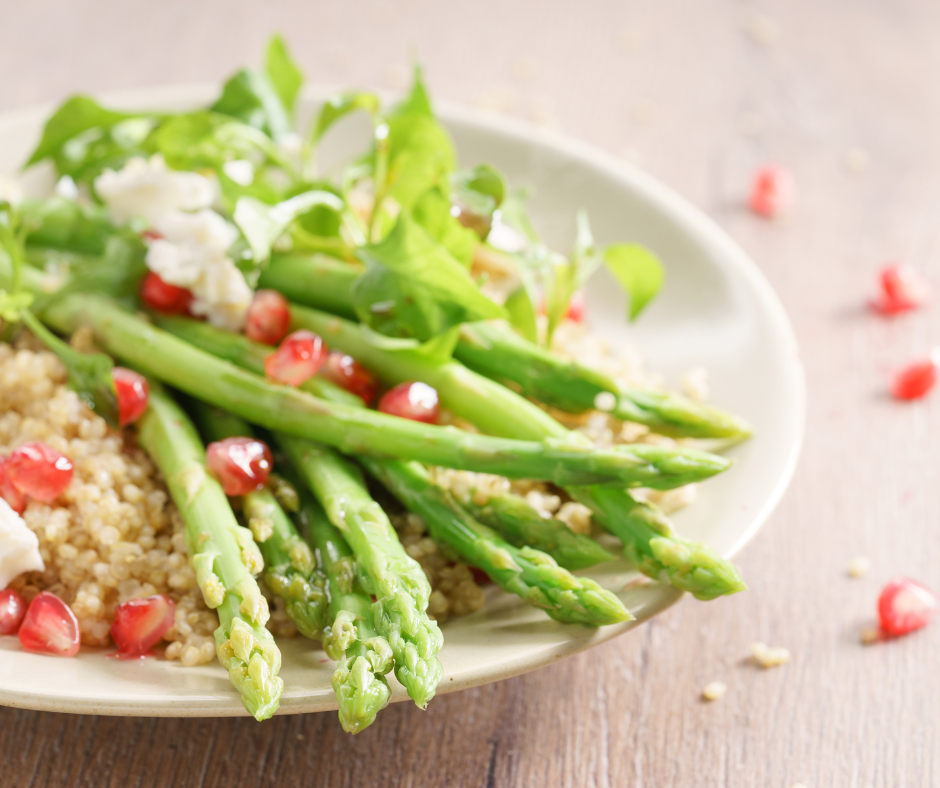
Let’s talk about Ginger! Long revered in ayurveda, so much so, that it is an entire medicine chest in itself. Modern science, promotes its effectiveness in preventing motion or airsickness, improving digestion, and for its pro-analgesic effect on the joints, particularly in early stages of rheumatoid arthritis.
Eastern View
There is an ayurvedic sutra (verse) that says that everyone should eat fresh ginger just before lunch and dinner to enhance digestion. Not only does ginger stoke the digestive fire, but it also whets the appetite, improves assimilation and transportation of nutrients to targeted body tissues, and clears the microcirculatory channels of the body. The few situations in which ginger is contraindicated are in cases of hyperacidity, during any form of hemorrhage (including menstruation), vertigo and chronic skin disease. Other than in these situations, ginger is an excellent spice that can be used daily.
Traditional ayurvedic texts recommend ginger for therapeutic use for joint pain, motion or airsickness and clearing the microcirculatory channels to facilitate better absorption of nutrients and better elimination of wastes.
Western View
Researchers say the active volatile oils and pungent phenol compounds, such as gingerols and shogaols, are what give ginger its power, according to the University of Maryland Medical Center. Tea made from ginger has high levels of vitamin C and amino acids, as well as various trace elements such as calcium, zinc, sodium, phosphorus, and many others. Ginger has been known to display anti-inflammatory, antioxidant and antiproliferative activities and a study funded by the National Cancer Institute at the National Institutes of Health is the first to describe identification and detailed evaluation of in vitro and in vivo anticancer activity of whole ginger in the therapeutic management of human prostate cancer.s, indicating its promising role as a chemopreventive agent. (1)
Ginger Buckwheat Noodles with Miso, & Lime
Ingredients
- 8 ounces buckwheat noodles
A mixture of lightly steamed vegetables of your choice (such as carrots, cucumbers, broccoli, zucchini, kale or daikon).
Sauce
- 2 to 3 tablespoons miso (red is recommend; white would be just fine)
- 1 2-inch piece ginger, finely grated
- 2 teaspoons granulated sugar
- 1/8 teaspoon ground cayenne, or to taste
- 2 tablespoons mirin
- 1 tablespoon soy sauce
- 2 tablespoons lime juice (from about 1 lime), plus lime wedges for serving
Cook the noodles in well-salted water until tender but firm for the time recommended on your package of noodles.
Meanwhile, grate, julienne or thinly slice vegetables of your choice.
Drain noodles and run cold water over them to cool. Drain again, shaking out excess water.
Make the dressing by whisking the smaller amount of miso plus the remaining sauce ingredients in a bowl. Taste and adjust to make sweeter (with more sugar) or more intense and salty (with the last tablespoon of miso) if desired.
Divide noodles among four bowls; toss each with a tablespoon of the sauce, plus more to taste. Top with vegetables and extra spoons of sauce.
Serve with lime wedges.
There’s no one size fits all for what you should eat. If you would like to talk with me about what is the right diet for you, sign up for a complimentary consultation. Just click on the link to my online calendar to find a good time that works for you.
Can’t wait to start cooking with you,



